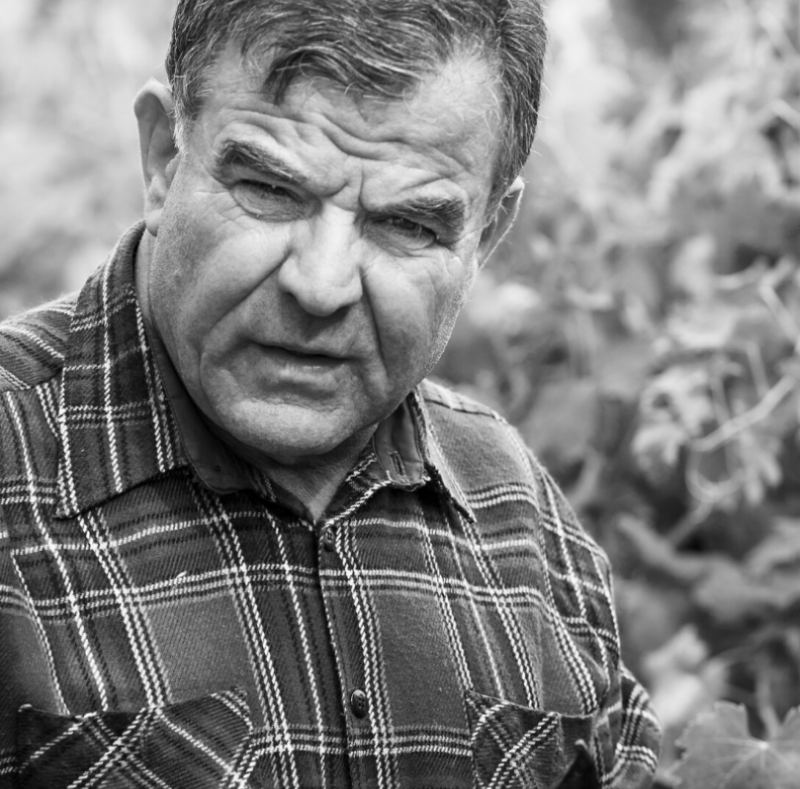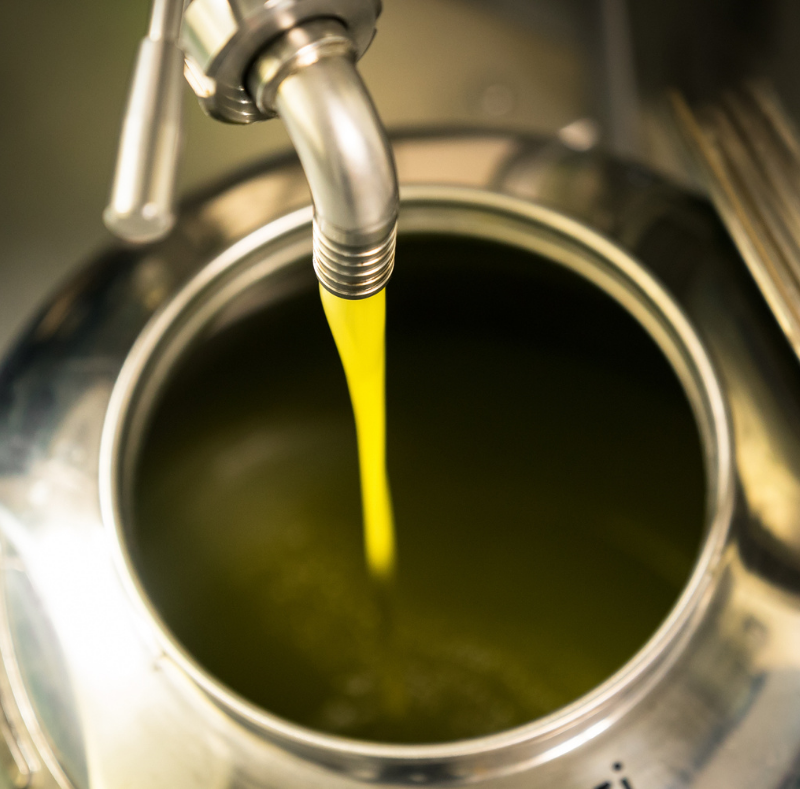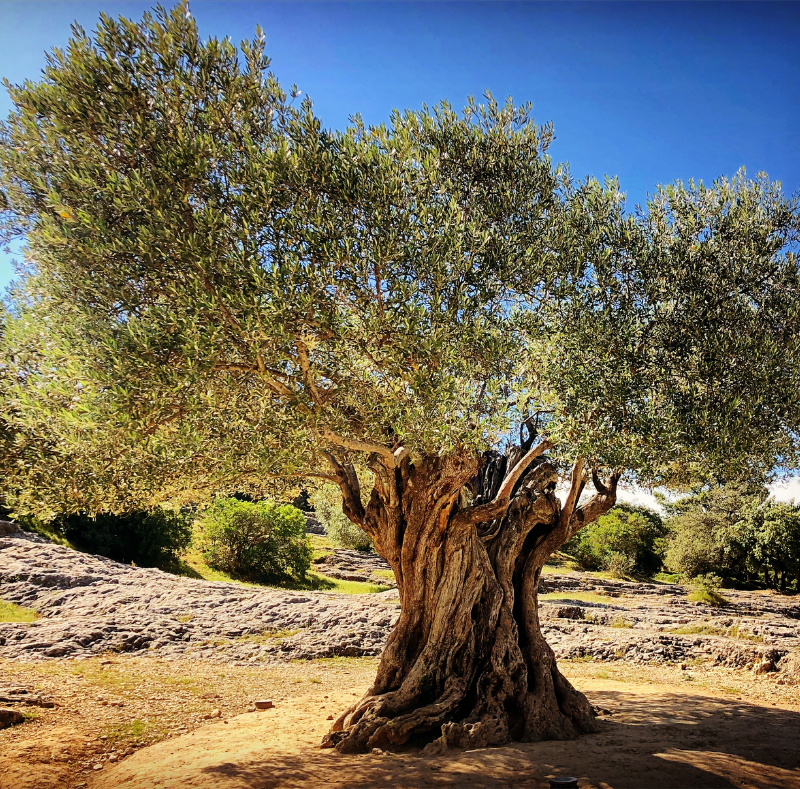
olive oil FARMERS against the industrial world
Olive oil artisans are scattered throughout Italy. In fact, the country is so rich in biodiversity in every region, at every latitude and altitude...
micro farmers of olive oil
Olive oil artisans are scattered throughout Italy. The country is so diverse that the individual geographic and weather conditions significantly help shape each region’s olive oil production.
But let’s consider a truth: the highest quality olive oil, made by micro farmers, seldom reaches supermarket shelves.
Farmers are under-represented in a sector dominated by larger companies and producers, with scale economies and industrialized processes often putting small farmers out of business.
Small olive oil producers struggle to preserve their culture and ancient olive cultivars. Shy attempts to support and protect the category of micro-producers, like the Italian Federation of Independent Olive Growers, have provided a reference for many growers and millers.
Nevertheless, micro farmers still don’t know how to reach the market and communicate their values, beliefs, and traditions.
“We claim the right to exist and to express our identity on the labels and the shelves”. Our Umbrian Farmers


“We respect foreign olive oil cultures but reject the import of agronomic and technological models or varieties and hybrids that could pervert our national identity”
differences between micro farmers of olive oil and industrial olive oil production
The difference between olive oil micro farmers’ production and industrialized production lies in the scale, quality, methods, environmental impact, and price.
Here are some differences between olive oil micro farmer production and industrialized production:
- Scale: Olive oil micro farmers produce on a small scale, typically using traditional and manual methods, while industrialized production involves large-scale, automated processes.
- Quality: Micro farmers usually focus on producing high-quality olive oil, using carefully selected olives, and paying close attention to every stage of the production process. Micro farmers protect the land by strictly monitoring the whole production chain. Industrialized production, on the other hand, may prioritize quantity over quality, and the olives used may not be as carefully selected or handled with the same level of care.
- Methods: Micro farmers may use traditional methods, such as handpicking olives, crushing them with stone mills, and pressing them using hydraulic presses. Industrialized production uses modern machinery, such as mechanical harvesters, centrifuges, and continuous production lines.
- Environmental Impact: Micro farming often utilizes sustainable practices, such as composting, cover crops, and natural pest control methods, while industrialized production may have a more significant environmental impact due to the use of chemicals, heavy machinery, and monoculture farming practices.
- Price: Micro farmers may charge a higher price for their olive oil due to the higher quality and smaller production scale. Industrialized production, due to its mass production, may be able to offer lower prices.
Overall, small and micro olive tree farms have nothing to share with the olive oil industry. Therefore, artisanal extra virgin olive oil and mass-produced olive oil should be considered and evaluated differently.
The extra virgin olive oils they produce are different products with their organoleptic characteristics, selling prices, and customer bases.
Olive oil farmers must distinguish themselves from the olive oil commodity producers, whose product is sold on the market at lower prices.


“The current dynamics of the olive oil market have proven to be challenging not only for small farmers but also for the final consumers”
It’s our call to support micro-producers to safeguard the historic Italian cultivars, re-discovering and promoting them.
Our goal is to make producers help each other and form a specific market, projected well beyond our national borders where our high-quality green gold is often more appreciated.
Italian micro farmers can offer unparalleled quality declinations, a multitude of flavors and scents. This is why we want to put Italian olive oil culture at the heart of this project.
“Italy counts on the widest olive heritage in the world with more than 580 olive tree cultivars, a variety of the farming lands and the different micro-climates, all of which are precious assets that could be lost”


THE MANY BENEFITS OF EXTRA VIRGIN OLIVE OIL
What many consumers don’t realize is something that people living millennia ago in ancient Greece took for granted; extra virgin olive oil, all by itself, is one of the best beauty secrets.
First, Olive Oil is a natural, hypoallergenic skin moisturizer.
Furthermore, virgin olive oil has the advantage of providing potent antioxidants, including vitamins E and K.
These vitamins help repair and renew skin damaged from overexposure to sun and air pollution. Other modern-day environmental hazards like cigarette smoke and fast food create aging effects on the skin.
The nutrients in olive oil naturally stimulate cells and return skin to a firmer, smoother, and healthier state.
Let’s provide a slightly more scientific explanation. Skin damage is related to the destructive activity of oxygen-related free radicals produced by skin cells.
Polyphenolic components of olive oil are like the traditional antioxidants, such as tocopherols, used by the pharmaceutical and cosmetic industry to prevent skin damage.
There are several simple and inexpensive ways to get the best skincare and beauty benefits from a single bottle of extra virgin olive oil.
The rich emollients in olive oil allow just a little to go a long way.
DISCLAIMER
The information provided in this blog post is for educational and informational purposes only and should not be construed as medical advice.
The content is not intended to be a substitute for professional medical advice, diagnosis, or treatment. Always seek the advice of your physician or other qualified healthcare provider with any questions you may have regarding a medical condition. Never disregard professional medical advice or delay in seeking it because of something you have read on this website. The author and publisher of this blog post are not responsible for any adverse effects or consequences resulting from the use of any suggestions or procedures described hereafter.
LEGAL NOTE
Statements made on this website have not been evaluated by the FDA. This product is not meant to cure, treat, prevent, or diagnose a disease.










Leave a Reply